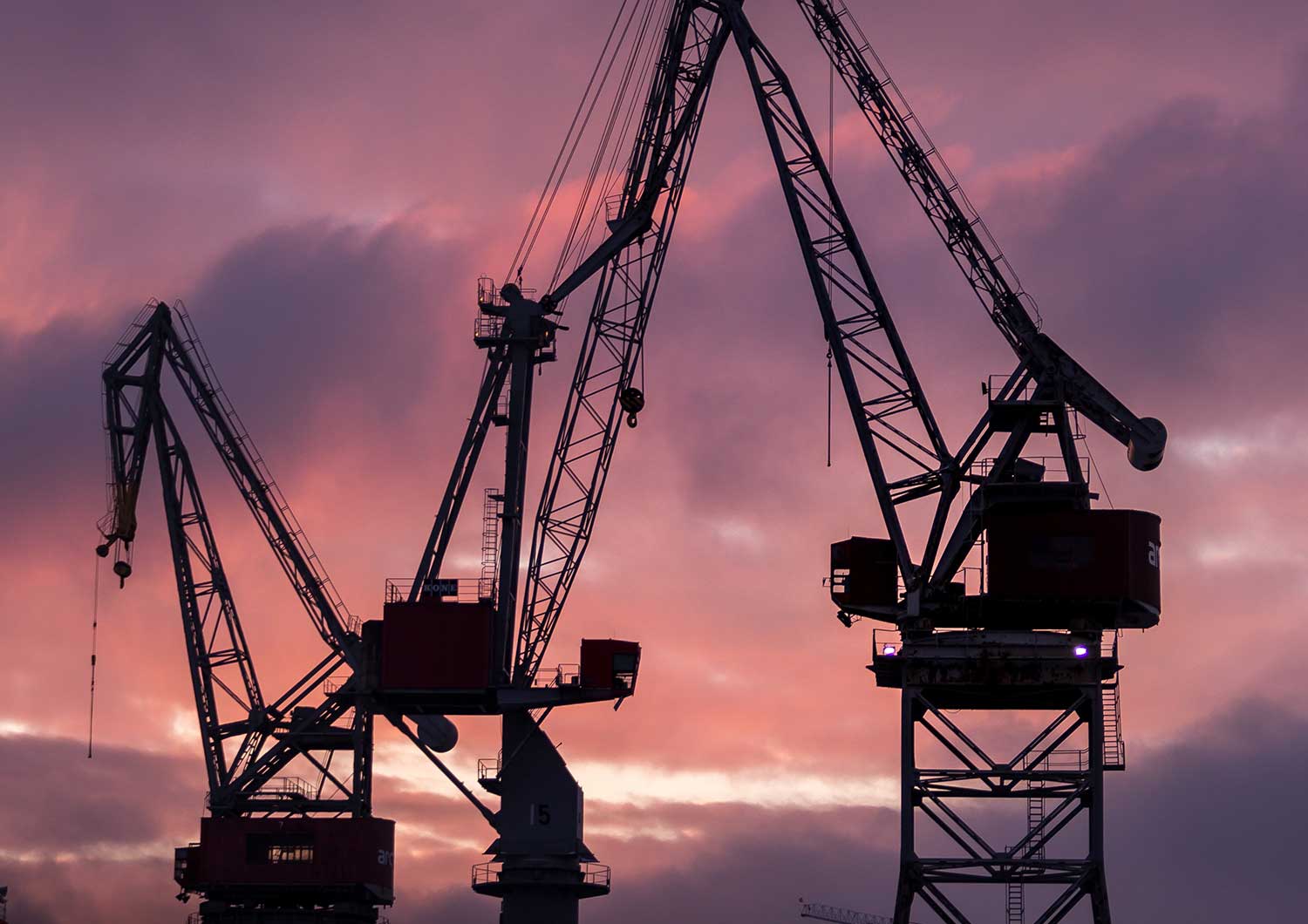


The construction and heavy industries require a lot of lifting; lifting materials, lifting other plant and equipment and moving any 'load' from point A to point B (which can be anything from the deepest tunnel to the tallest tower).
There are two main types of lifts on work sites:
Today, with the advances in lifting technology and the onus on human safety, more and more lifting jobs and activities rely on lifting equipment.
So what are the different types of lifting equipment which require a lifting equipment inspection procedure in the first place?
The most common types of lifting equipment include:
All of these lifting equipment are extremely important to many companies, site and projects, and each play their own party in enabling our projects, infrastructure, buildings and assets to continue getting more sophisticated - while keeping people safer.
The benefits of all of this lifting equipment are obvious:
But maintaining all of these pieces of equipment comes with it's own set of challenges.
The increased level of risk, scrutiny and consequence attached to using and managing these types of lifting equipment is reason enough to place a large focus on your inspection procedure - and to continually improve it over time.
Before any crane work starts, you should also conduct a crane Job Hazard Analysis, to review any potential hazards that your specific project may contain.
Having a strong and reliable lifting equipment inspection procedure in place reduces the risk associated with heavy lifts, and dramatically increases the chance of your lifting equipment always being in good and safe working order.
At the heart of your lifting equipment inspection procedure are the lifting inspection checklists workers conduct and document on a frequent basis.
Many companies engage in daily or weekly crane checks (as well as daily crane plans like this) and other cadenced checks on lifting equipment to ensure (as much as possible) that no piece of equipment is started or used in poor condition.
As we have mentioned, there are a number of different types of lifting equipment, and many of these pieces of plant and equipment do have their own specific checklists and processes which are unique to their structure, features etc.
But there are also some more general checks and balances which companies can enforce on all of their lifting equipment which can eliminate silly mistakes and prevent errors which are applicable across all types of lifts and all types of lifting equipment inspections.
The lifting equipment inspection checklist you see below is a good example of a framework which guides workers and lifting equipment operators through the right lifting equipment inspection procedure.
As you can see by previewing the below form, each checklist ensures that all of that important record keeping information including the person responsible for the checks and the date and time of inspection are included - which are critical parts of any procedure documentation and process.
Outside of this, the checklist also guides the lifting equipment inspector or operator through a series of checks across:
After going through all of these inspection items, the inspector or equipment user or operator can then outline some corrective actions and sign off on the document.
You can easily see the importance of including this type of structure in your lifting equipment inspection procedure - and how following this procedure can eliminate silly mistakes and forgetfulness and ensure that issues get actioned and solved quickly.
If you can use an inspection procedure like this across all of your lifting equipment at regular enough intervals, lifting equipment safety and maintenance almost takes care of itself.